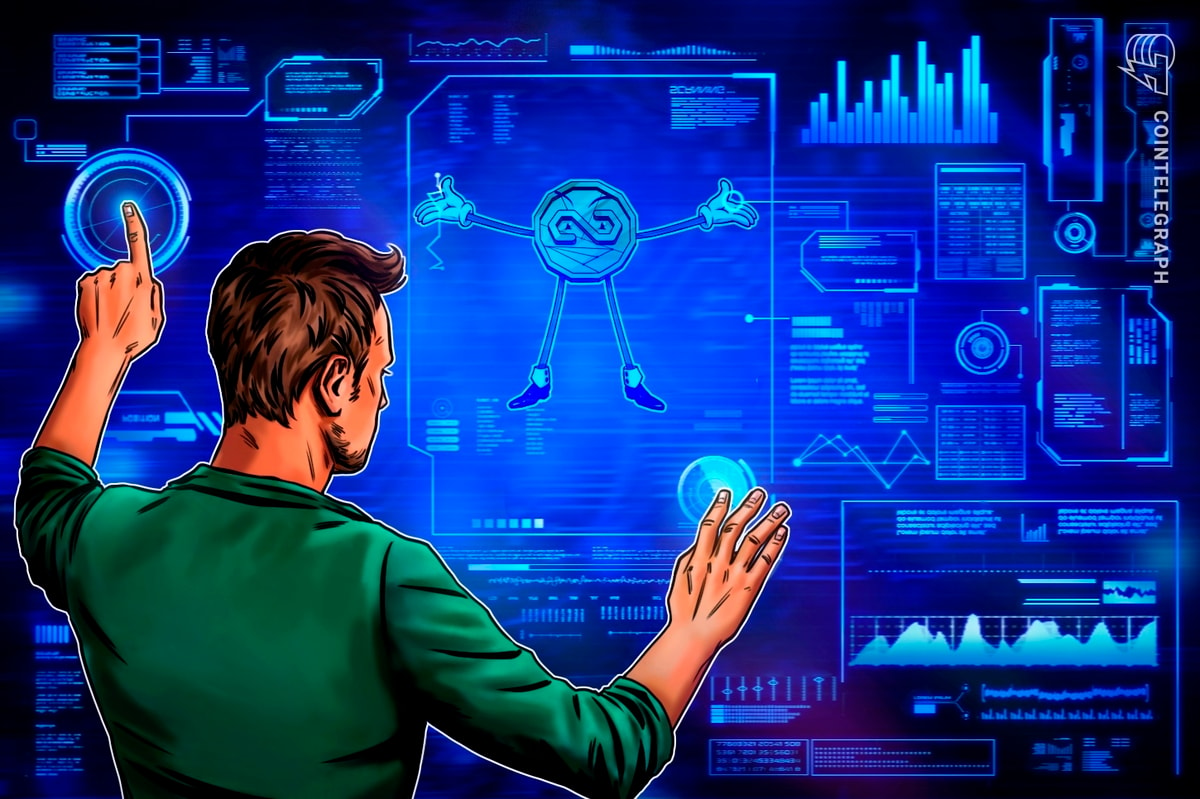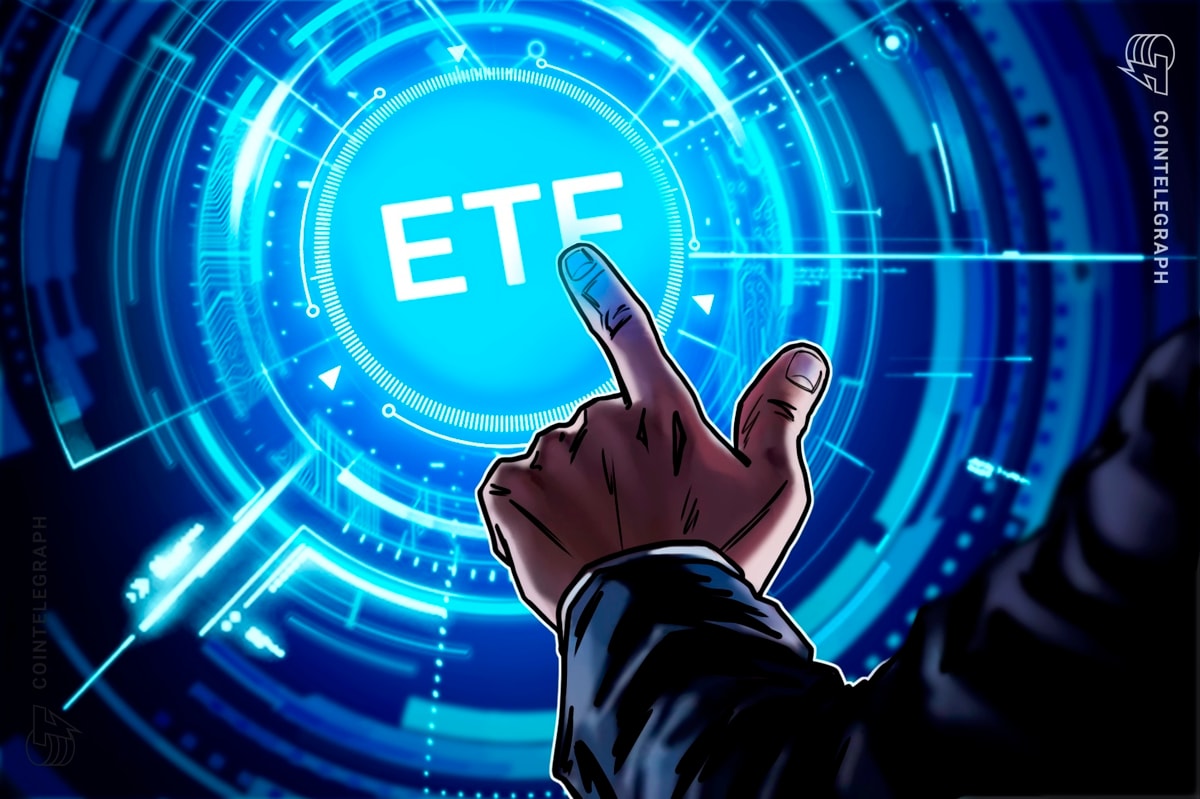
As someone who has worked in the publishing side of free to play video games for over seven years, virtual currencies have been part and parcel of my job since about 2007. In this article, I hope to share some of the background of how virtual currencies came to be one of the key ways the games industry monetises itself, and if there’s some applicable lessons to be learned for companies and individuals looking at making a career in the bitcoin economy.
The grandaddy of the modern games virtual currency is a Korean company called Nexon, and their game Maple Story. While it was not the first games company to offer currencies as Microsoft, Nintendo and Sony among others have been doing it for some time, they found the perfect formula to make things work.
Unlike in the West, where we have high street retail network and a history of buying boxed games, in Korea things were a little different. For various historical reasons, Japanese goods weren’t very popular, so video games consoles weren’t there in large numbers. Instead widespread PC adoption, a culture of gathering in venues with lots of networked computers in-place, and massive investment in broadband by their government enabled new business models to emerge.
Selling a PC game was fraught with difficulty. It could be ripped during production, and put on bittorrent before it was officially released, or copied easily and put onto the countless stalls in markets selling counterfeit goods. If this didn’t happen, the game would be cracked quickly, bypassing whatever security they had in.
So instead of selling the full game, they innovated by adopting techniques from the software as a service industry. Now, people registered on their website could then download, install, patch and log into the game client, and play on Nexon’s servers. They could play the game, but where virtual currencies came in is that they could buy items and advantages.
They integrated various payment methods including credit cards, phone calls, SMS, and PayPal and then let people top up their accounts, the same way as with phone credit. They converted this value into a proprietary currency, and in the game they had a shop, where people could choose from costumes, skins or items to help speed up gameplay. These microtransactions from a wallet enabled them to get around high charges from payment providers.
As others saw the tens of million in revenues they were generating and product lifecycles of several years, many copied or innovated further on the model, bringing in a plethora of freemium, free to play, or virtual currency financed models. Some worked, many didn’t, but overall the industry paved the way for mobile games, and apps in general, to be monetised in the form they are today, fuelled by smartphones linked to credit cards or top up cards.
As the addressible market of fans stayed relatively stable and growing modestly, more competitors piled into the space, and the “easy money” time, where getting customers through referrals, publicity or social media – for free – began to wane. With more competitors fighting over the same pool of core users, marketing took centre stage.
As the base product is free, you are relying on a certain percentage of users to monetise at a given rate, for a certain amount of time, and from this earn enough to cover your costs, subsidise the free users and generate a profit. Once you got that right, you could then invest in marketing in earnest and scale up to the levels that some companies have achieved, with tens of millions of dollars of monthly revenues.
Games companies began to compete over search terms, which drove up prices to ridiculously. CPAs began to rise as people outbid each other for a bigger share of the advertising, and affiliate marketing became a core part of many games companies strategies.
When this wasn’t enough, the focus then came onto banner design and copy to draw in higher clickthrough rates, and then a huge amount of landing page iterations to find the right design to convert those pricey paid clicks. This enabled metrics to be defined, and allows people to work out a return on their investment, and distribute their marketing budget accordingly.
As they iteratively went through this process, many of those products which got the formula right often won their categories, until someone else came along and did it better. This was often despite the products not necessarily being reviewed very well, or in some cases, not reviewed at all by the mainstream games media.
So where do companies working with bitcoin stand at this stage of its life cycle? I’d say at the end of the easy money stage. Dumping traffic into the homepage of your site isn’t enough any more. What’s needed is branded cul-de-sac landing pages laser focused on showcasing one thing in its best light, with a big “buy now with BTC” button.
In addition to paid advertising, some companies also pro-actively began to promote themselves through press releases and building relationships with journalists, but a larger number haven’t yet engaged, focused on getting their product right. So the time is ripe for organised teams to get their marketing and communications activities lined up in a row, and execute them to gain market share in this maelstrom of creativity and innovation that bitcoin enables.
I’d really like to hear from people about the kind of things they are trying to get to grips with in the comments below, and I hope you enjoyed reading!
Image Credit (Nexon – Maple Story)










